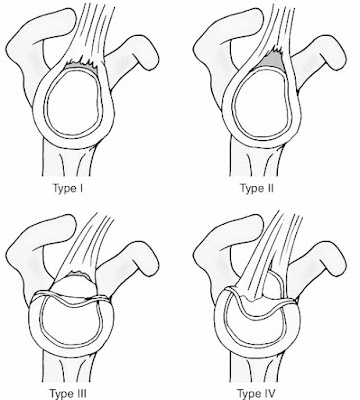My patient Mr. X, son of Mr. Y, 40 years old male, labourer by occupation, Resident of Z, presented with the CHIEF COMPLAINTS of Pain in right hip for 3 years Difficulty in walking /weight bearing for 3 years Limp for 3 years Deformity of right hip/shortening of right lower limb for 2 years Restriction of movements (stiffness) of right hip for 6 months HOPI (History of Presenting illness) - as stated by the patient Patient was apparently asymptomatic 3 years back when he developed PAIN over his right hip, which was insidious in onset, gradually progressive, continuous/intermittent, mild to moderate in intensity, stabbing/pricking/dull aching in nature, non-radiating, aggravated by wt bearing/movement/walking, relived by taking rest/walking and medications. There was no diurnal or seasonal variation. Pain was associated with DIFFICULTY IN WEIGHT BEARING . Initially patient was ab




